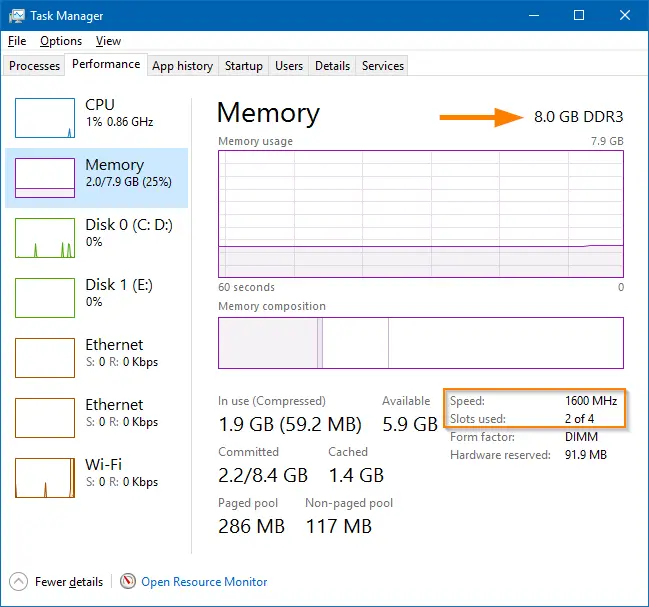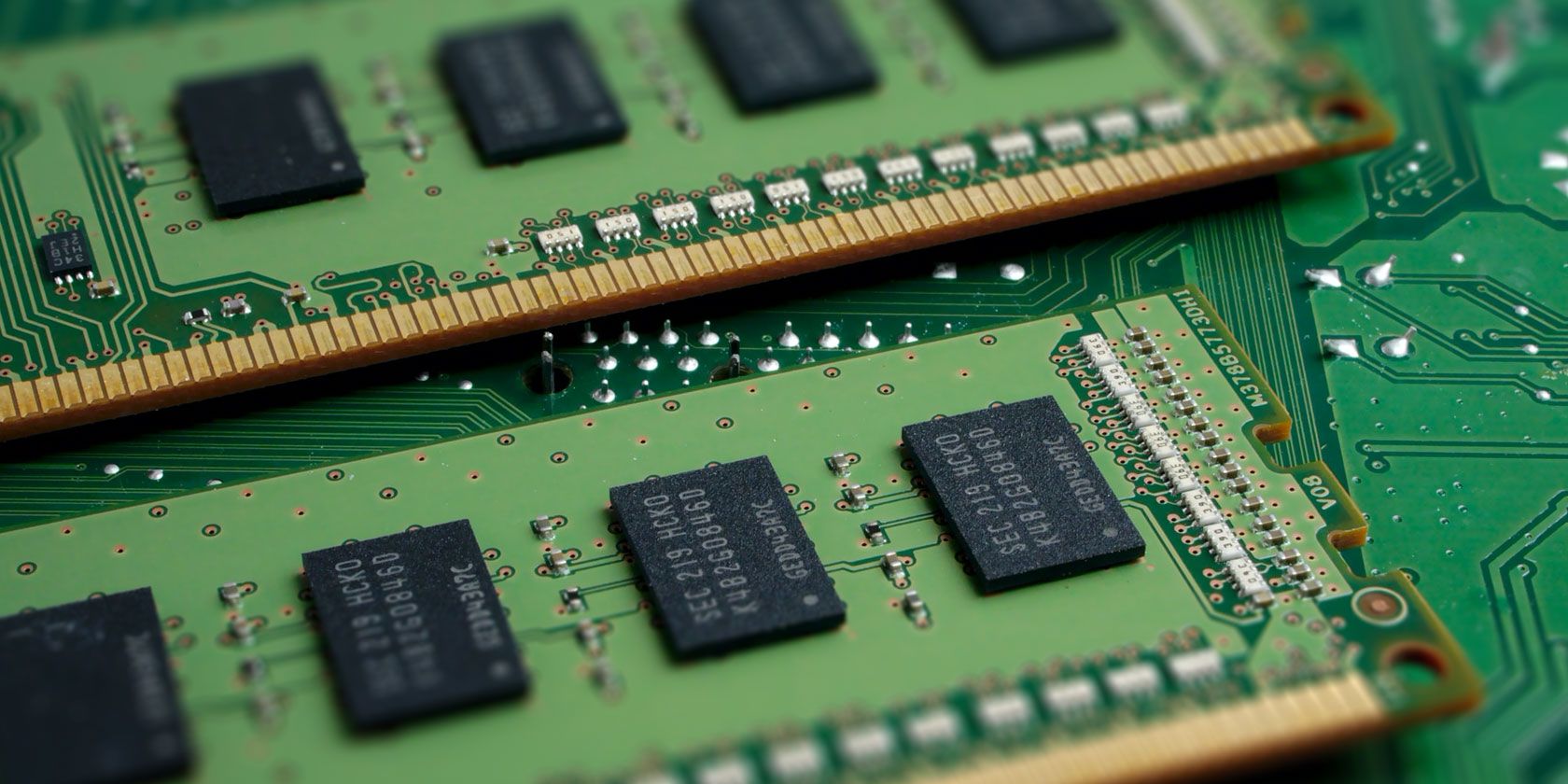

Watch the memory diagnostic tool for errors. Step 3: Your computer will load a screen that shows the progress of the check and number of passes it will run on the memory. Pick the option that best suits your needs. The first option will restart your machine and check the memory right now, and the second option checks the next time you choose to reboot. A pop-up will appear on your screen, asking how you'd like to go about checking the memory. Step 1: Open the Start Menu and type in mdsched.exe, then press enter. This way, you'll know whether or not it's worth swapping around sticks of RAM to see which one is the dud. Before you start digging around in the tower, it's best to start with a quick and free memory check via Windows. RAM sticks, known for their chip creep and random failures, are among the more annoying pieces of hardware to pinpoint as the source of a technical issue.


In Windows 10 (and other Windows versions), the most common way to check the specs of the installed RAM is by checking the System Properties. How to check the specs of the installed RAM? But before you buy a new RAM, you need to make sure that the RAM you want to buy has the same specs as the RAM already installed on you laptop.

Some laptop models provide an additional RAM slot to allow you installing a new RAM.


 0 kommentar(er)
0 kommentar(er)
